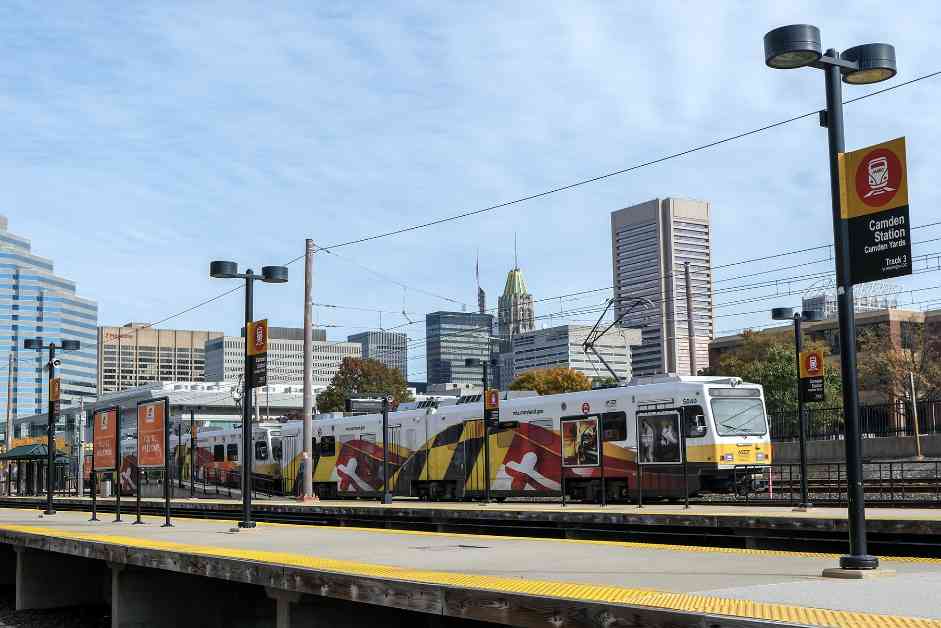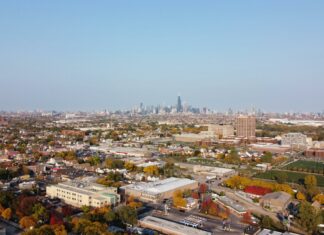Maryland’s Transit Future Hangs in the Balance This Spring
As the spring season approaches, Maryland lawmakers are facing tough decisions on the future of major transit projects like Baltimore’s Red Line. With uncertain federal funding and budget constraints looming, the state’s transit priorities are at a crossroads.
The state Senate President, Bill Ferguson, remains optimistic about the potential for large infrastructure investments to boost the economy. However, he acknowledges the challenges ahead for projects like the Red Line, which is crucial for his Baltimore City district. The fate of these ambitious plans hangs in the balance as leaders grapple with the financial realities.
Future of Transit Expansion
While some legislators are advocating for a pause on major transit projects, others argue that now is the time to invest in anticipation of a more transit-friendly administration in the future. Del. Mark Edelson emphasizes the importance of long-term transportation planning, pointing out that transit spending is intended for six-year cycles, outlasting any single presidential term. This forward-thinking approach highlights the need to prioritize transit infrastructure despite short-term setbacks.
The Red Line project, a high-profile endeavor that would enhance Baltimore’s connectivity, remains a focal point of transit expansion efforts. With route planning already underway, the project represents a significant investment in the city’s transportation network. Additionally, the Southern Maryland Rapid Transit project, aimed at linking commuters to D.C.’s transit system, is gaining momentum, signaling a broader commitment to regional connectivity.
Challenges and Opportunities
While urban transit projects like the Red Line garner attention, rural transit systems are also in need of support. Two proposed measures seek to bolster transit funding outside major metropolitan areas, addressing the needs of diverse communities across the state. Del. Marc Korman emphasizes the cost-effectiveness of transit over road expansions, highlighting the untapped potential of existing transit infrastructure.
Moreover, the demand for reliable transit services is on the rise, underscoring the urgency of investing in transit projects. Edelson points to increasing ridership on east-west bus routes as evidence of the community’s readiness for enhanced transit options. By aligning transit investments with local needs, legislators can ensure that resources are allocated effectively to promote sustainable growth.
Transit advocates like Edelson are pushing for increased funding for local transit agencies to accommodate rising operating costs and growing demand. Suzanne Kalmbacher of Cecil County Transit stresses the importance of adequate funding for expanding services, pointing out that even small budget adjustments can have a significant impact on transit accessibility.
As the state grapples with budget uncertainties and federal funding challenges, the future of transit expansion remains uncertain. House Economic Matters Committee Chair C.T. Wilson warns of potential funding cuts and political obstacles that could hinder transit projects in the coming years. Despite these challenges, there is a shared commitment among lawmakers to prioritize transit investments that benefit communities statewide.
The Maryland Department of Transportation’s federal grant agreement for Baltimore’s light rail system overhaul offers a glimpse of hope for ongoing transit projects. However, the larger funding landscape remains unclear, leaving state and local transit agencies in limbo. With the recent confirmation of the new DOT secretary, there is cautious optimism about future funding prospects that will shape Maryland’s transit priorities in the months ahead.


















